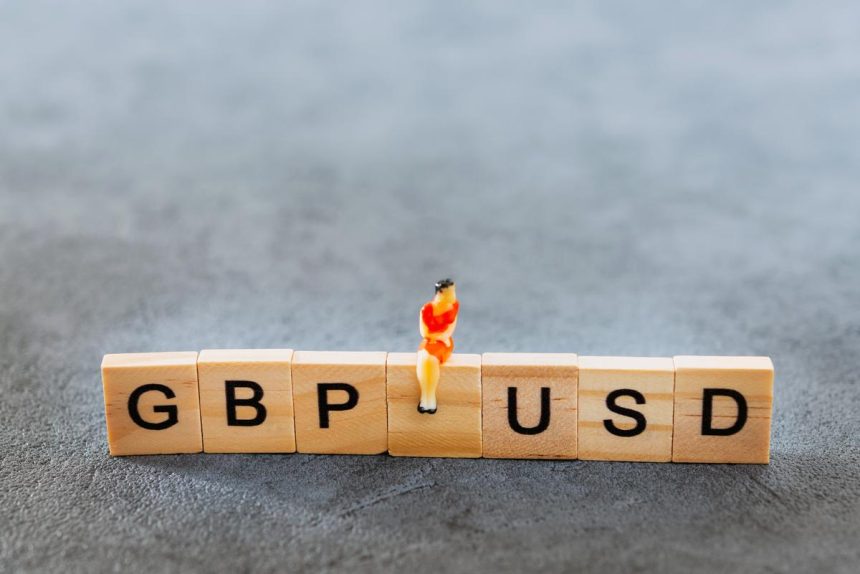Pound sterling is stronger against the US dollar, as investors expect the Fed to decrease interest rates twice this year.
In Tuesday’s London session, the pound sterling (GBP) is generally stronger versus most currencies, with the exception of the Japanese yen (JPY) and the Australian dollar. The British pound remained buoyant despite uncertainties over when the Bank of England (BoE) would begin decreasing interest rates.
Investors anticipate that the BoE will begin lowering key rates in August.
Market predictions imply that the BoE will announce an interest rate decrease in August. The first since The Covid-19 epidemic struck. Speculation of BoE rate reduction in August has grown as policymakers hinted at the recent policy meeting. That they are getting closer to beginning to reverse their restrictive interest rate stance.
In the monetary policy statement, BoE Governor Andrew Bailey stated. That the decision to maintain interest rates steady at 5.25% at the previous meeting was “finely balanced”. Seven officials decided to leave key rates unchanged. While policymakers Swati Dhingra and Deputy Governor Dave Ramsden voted for a rate cut.
The BoE said the restoration of annual headline inflation to the bank’s target of 2% is good news. However, it is insufficient to justify interest rate reduction. BoE policymakers remain concerned about persistent wage inflation. Which poses upside risks to Price pressures in the service industry.
Daily Market movers: Pound Sterling clings gains closely.
The Pound Sterling rises against the US Dollar (USD), approaching the round level barrier of 1.2700. The GBPUSD pair has recovered from a five week low of 1.2620. As the US Dollar (USD) has fallen due to widespread speculation that the Federal Reserve (Fed) will begin decreasing interest rates at its September meeting. The US Dollar Index (DXY), which measures the US dollar’s value against six major currencies, falls to 105.40 from a seven week high of 105.90.
According to the CME FedWatch tool, 30-day Federal Funds Futures pricing data shows that there will be two rate cuts. With the central bank lowering borrowing rates later in November or December. meeting.
Contrary to market expectations, Fed officials forecast only one rate decrease this year, saying they want to see inflation fall for months before returning to policy normalization. In an interview with CNBC on Monday, Chicago Fed President Austan Goolsbee stated that he is “very optimistic” about future improvements in inflation data, which will allow for prospective rate decreases.
Investors will focus on May’s US core PCE inflation data.
On the economic front, investors will be looking for the core US Personal Consumption Expenditure price index (PCE) for May, which will be released on Friday. The core PCE price index data is the Fed’s favored inflation indicator, and it is likely to provide new clues about when the central bank will begin lowering interest rates this year. Soft figurines would raise anticipation that the Fed would begin lowering borrowing rates in September, but hot numbers will likely delay any rate cuts until the end of the year.









